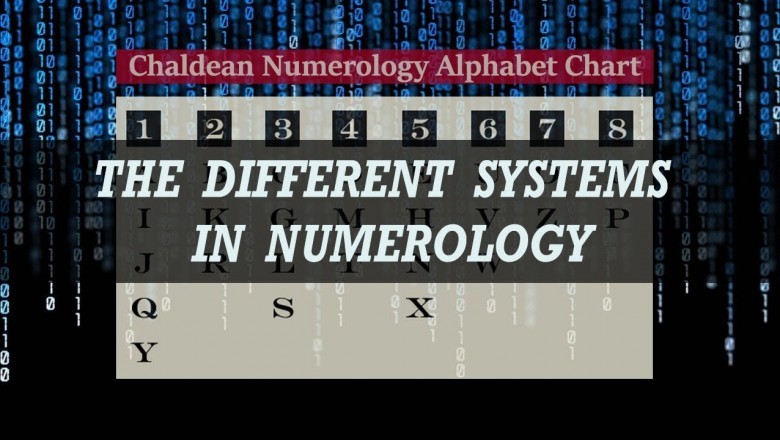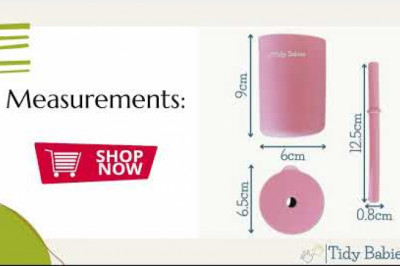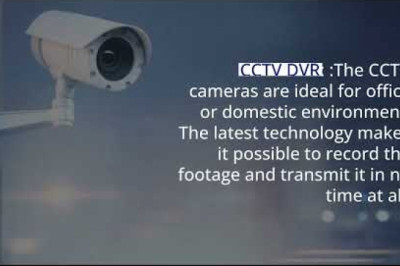views

Different Systems of Numerology
Different Systems of Numerology
In ancient times, when the Greeks used pebbles to learn arithmetic and geometry, each letter was assigned a numeric value. The letter values in a word were then added to result in a single number, a practice called isopsephy.
Ancient users of isopsephy believed that words and phrases that shared the same numerical values were divinely connected. Beyond making religious or mystical connections, the practice was also used to predict victors in physical battles—the warrior whose name had greatest numerical value was expected to be stronger. This same technique was later used with the Hebrew alphabet (gematria) and the Arabic alphabet (Abjad numerals). From the Middle Ages to the Renaissance, a gematria for the Latin alphabet saw wide application
(The numerical digits you use today are Arabic numerals, which were derived from Indian numerals around the eighth century C.E.
Arabic numerals made their way into European culture in the twelfth century via the Italian mathematician Fibonacci of Pisa. You may know the name Fibonacci because of the Fibonacci sequence, in which each number in the sequence is the sum of the two numbers that precede it. )
Different cultures and belief systems practice different forms of numerology. The following gives you the history of numerology and explores some of the most common forms being used today.
Pythagorean Numerology
Based on the work of the famous sixth-century b.c. Greek mathematician and geometer Pythagoras, Pythagorean numerology is probably the most popular form of numerology, as well as the easiest to learn and use.
These days, numbers are used to quantify and record just about anything, but people don’t imbue them with mystical properties outside of “lucky number” superstitions. However, Pythagoras viewed numbers as the greatest achievement of Creation, forming the basis of everyone and everything; this was apparent in his two main teachings, the Science of Numbers and the Theory of Magnitude (better known today as arithmetic and music).
Every object has a vibration—a higher vibration signals more positive energy, while a lower vibration indicates negative energy. Pythagoras believed numbers are the measure of that energy, with numbers 1 through 9 symbolizing the nine stages of human life.
Since then, the Pythagorean Science of Numbers has continued to evolve and has formed the spiritual basis for many secret societies—such as the Rosicrusians, Masons, Anthroposophists, and the Theosophical Society—as well as provide the foundation for the development of modern numerology in the early twentieth century.
Pythagorean or “modern” numerology analyzes a person’s full birth name and date of birth. The full birth name is said to provide insight into what makes a person tick and in terms of motivation, skills, natural talents, personality, heart’s desires, and so much more. The birth date reveals life patterns (such as periods of financial success, health, or love) and elements of timing (such as when to make a career change, enter or leave a relationship, go back to school, or pursue an opportunity).
Chaldean Numerology
Originating in Babylonia, Chaldean numerology (sometimes called mystic numerology) is an older system than Pythagorean numerology. While some students of numerology consider Chaldean slightly more accurate than Pythagorean, it’s less popular because of its fairly high difficulty level of calculation.
Chaldean numerology is based on sounds and vibrations—numbers are assigned to the letter vibrations that they “suit” best rather than in sequential order. The energies represented in the numbers were believed to correspond to planets and other heavenly bodies, in addition to the energies that create life. Those who practice Chaldean numerology believe that the system carries spiritual and mystical messages.
In Pythagorean numerology, the letter-number correspondence follows an easy pattern (with the letters assigned to numbers 1 through 9 based on where they fall in the alphabet; see more about this in Chapter 2); however, as you can see in the following table, the correspondence in Chaldean isn’t systematic, which requires you to memorize the values. Additionally, the Chaldean approach assigns only the values 1 through 8 to letters, reserving 9 as “holy.” However, if the sum resolves to a 9, the value is retained. (I warned you that Chaldean is more complicated!)
Another differentiator is that in Chaldean, the name you use for numerology analysis is the one you are most known by, rather than your full birth name. For example, the famous baseball player George Herman “Babe” Ruth would be “Babe Ruth” to the Chaldean school but “George Herman Ruth” to the Pythagoreans.
Kabbalah Numerology
Although it’s not a religion, sect, or cult, Kabbalah is a mystical way of approaching life and the universe that explores the relationship between the mysterious Ein Sol (God) and the finite universe. In essence, Kabbalah is an attempt to bridge the physical and metaphysical realms. The discipline provides many tools to help its practitioners attempt to understand the relationship between the finite and infinite—including numerology.
Kabbalah numerology actually doesn’t employ numbers at all, but instead uses a person’s name as it’s expressed in the Hebrew alphabet. Analysis of the name and its constituent sounds tells you how your name affects your actions, thoughts, and feelings.
Chinese Numerology
The Chinese have employed numerology for more than 4,000 years. Chinese numerology varies widely from other forms of the practice in that it assumes that numbers are inherently lucky (good) or unlucky (evil). Luck plays an important role in Eastern culture and is intertwined with the concept of fate; therefore, if someone is lucky, it’s believed that it was the person’s destiny.
In Chinese numerology, meanings are derived by the sound of the number when said aloud. If a number sounds like a word that is considered unlucky, the number is also considered unlucky. For example, in the Chinese language, the word for “one” sounds like the word for “honor”; the number 1 represents an ability to break down barriers while pursuing higher quests. On the other hand, the word for “four” sounds like the word for “death”; the number 4 indicates great misfortune and is avoided at all costs by people who practice Chinese numerology.
The Chinese also believe in mystical number combinations and relationships. For example, it is believed that the 12 vessels which circulate blood and air throughout the body correspond with the 12 rivers flowing toward the Central Kingdom. Likewise, the 365 parts of the body used in locating acupuncture points is connected with the 365 days in a year.
The simplest method of Chinese numerology is the Lo Shu Square. It is based on the story of the tortoise with nine perfect squares on its shell as seen by Emperor Yu on the banks of the Luo River. The original Lo Shu Square is also known as the “Magic Square” because the numbers in the square add to 15 when added horizontally, vertically, or diagonally. In the following figure, notice that the even numbers are in the corners and the odd numbers form a cross in the center vertical and horizontal rows.
More recently, the Chinese have adopted a modernized version of the original Lo Shu Square to teach Chinese numerology to Westerners that has simpler calculations and doesn’t involve Lunar Years; it is known as the Hidden Cross (see Chapter 10). In the following figure, notice the difference from the original Lo Shu Square. The squares are numbered 1 through 9, with the rows arranged, top to bottom, 3-6-9, 2-5-8, and 1-4-7.
(A Lunar Year is 12 lunar months, or a full cycle of the moon through its phases that starts and ends with a new moon. Because a Lunar Year is a little over 354 days, about every 3 years, you get a thirteenth “month” to get back to a full year. This is similar to the concept of leap years.)
Interpreting the result requires knowledge of what the squares signify. The bottom row references the practical (for example, coordination, athleticism, and physical labor), the middle row is emotional (for example, feelings and intuition), and the top row is mental (for example, analytical ability). The columns, from left to right, represent thought, will, and action.
To get an idea of how the Chinese interpret squares, look at one of the numerals in the square. For example, a 1 indicates how well a person interacts with others. The number of 1s in your square suggests the following traits:
- One 1: You have trouble making your thoughts known to others.
- Two 1s: You can make yourself understood by others and can understand what others are communicating.
- Three 1s: You can go on and on, but you can also be quiet and moody on occasion.
- Four 1s: You tend to be sensitive and caring, but you have trouble verbalizing.
- More than four 1s: You may be uncomfortable in large gatherings and have a tendency to overindulge in solitary pursuits, such as overeating.
https://www.astro-numerology.com/2020/10/different-systems-of-numerology.html











